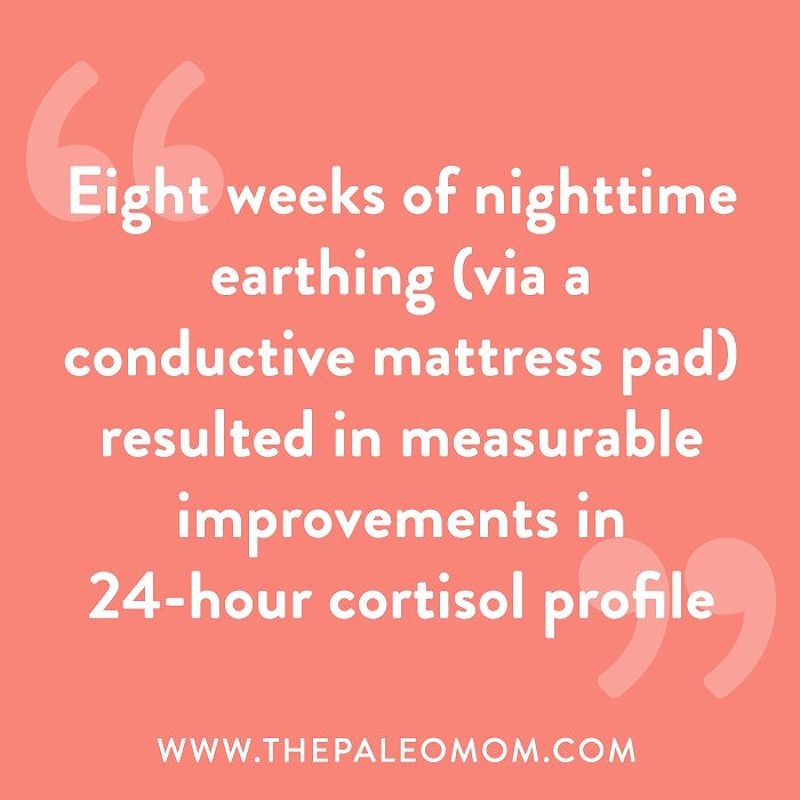Grounding mats have gained popularity as a potential wellness tool, but are grounding mats a hoax? This article examines the science behind these devices, exploring their potential benefits and risks to help you determine if they are a legitimate health solution.
Are Grounding Mats a Hoax? Fact or Fiction?
For years, the concept of grounding mats has been a topic of intense debate. Proponents claim these devices can harness the Earth’s natural electrical charge to enhance sleep, reduce stress, and improve overall well-being. However, skeptics dismiss grounding mats as nothing more than a marketing ploy, questioning the validity of the scientific evidence.
In this comprehensive article, we’ll delve into the science behind grounding mats, examining both the promising research and the controversies surrounding these devices. We’ll help you navigate the complex landscape of grounding mats, so you can make an informed decision about whether incorporating them into your wellness routine is right for you.
The Principles of Grounding: Reconnecting with the Earth
The idea behind grounding mats is rooted in the concept of “earthing” or “grounding.” The theory suggests that in our modern, indoor-centric lives, we’ve become increasingly disconnected from the Earth’s natural electrical charge. This disconnect, proponents argue, can have detrimental effects on our health and well-being.
By directly touching the Earth’s surface, either through walking barefoot or using a conductive grounding mat, the belief is that we can absorb electrons from the Earth. These electrons are believed to have antioxidant properties, helping to neutralize free radicals and reduce inflammation within the body.
Grounding mats are designed to mimic this natural connection to the Earth by providing a conductive surface that can be plugged into a grounded electrical outlet. When you place your feet, hands, or body on the mat, the theory is that the electrons flow from the Earth, through the mat, and into your body, restoring the natural electrical balance.
The Scientific Evidence: Exploring the Potential Benefits
As with any emerging wellness trend, the scientific community has taken a close look at the potential benefits of grounding mats. While the research is still evolving, there are some promising studies that suggest grounding may indeed have a positive impact on various aspects of health.
Reduced Inflammation and Improved Circulation
One study found that just two hours of grounding resulted in a significant reduction in blood viscosity, a major factor in cardiovascular disease. Another study observed that eight weeks of nighttime grounding led to improvements in cortisol levels, as well as reduced pain, stress, and sleep dysfunction.

Enhanced Mood and Sleep Quality
Interestingly, some double-blind studies have also shown positive results. One such study found that during 40 minutes of grounding, participants experienced significant changes in respiratory rate, blood oxygenation, and heart rate compared to the control group. Another double-blind study reported that grounding sessions improved positive and pleasant moods, even though participants didn’t know when they were receiving the real treatment.
Potential Benefits for Other Health Conditions
Grounding has also been associated with potential benefits for muscle recovery, thyroid function, blood mineral and electrolyte levels, and even fasting glucose levels in diabetics. However, it’s important to note that the sample sizes in these studies are often small, and the findings have yet to be replicated consistently by independent researchers.
The Skepticism: Questioning the Claims
While the research on grounding mats seems promising, there are also some valid criticisms and skepticism surrounding these devices. One of the main concerns is the lack of a clear scientific mechanism to explain how grounding can have such wide-ranging effects on the body.
Additionally, many of the existing studies have been conducted by researchers with direct affiliations to the grounding industry, raising the possibility of bias. Furthermore, some studies have reported contradictory results, further fueling the skepticism around the efficacy of grounding mats.
Grounding Mats vs- Natural Grounding: Finding the Right Balance
When it comes to the health benefits of grounding, it’s important to consider the differences between using a grounding mat and engaging in natural grounding practices.
The Holistic Benefits of Natural Grounding
Spending time outdoors, with your bare feet or skin in direct contact with the Earth’s surface, can provide a host of benefits beyond just the potential electron transfer. Being in nature can reduce stress, improve mood, and increase energy levels through exposure to sunlight, fresh air, and the sensory stimulation of the natural environment.

The act of walking, gardening, or simply laying in the grass can have a profoundly positive impact on both your physical and mental well-being. These natural grounding experiences may offer additional health benefits that go beyond what a grounding mat can provide.
Grounding Mats as a Convenient Supplement
While grounding mats may not be able to fully replicate the holistic benefits of natural grounding, they can serve as a useful supplement, especially for those who have limited access to natural outdoor spaces. Grounding mats can help you maintain a connection to the Earth’s surface, even when you’re confined indoors.
The key is to view grounding mats as a tool to complement, rather than replace, your natural grounding practices. Whenever possible, try to prioritize spending time outdoors with your bare feet on the ground, and use a grounding mat as a backup option when you can’t get outside.
Safety Considerations and Potential Risks
When it comes to the use of grounding mats, it’s important to address any safety concerns and potential risks.
EMF Concerns and Electrical Safety
One of the primary concerns surrounding grounding mats is the potential for exposure to electromagnetic fields (EMFs). However, research has shown that grounding mats do not emit EMFs and can actually help reduce the body’s voltage, potentially mitigating the effects of EMF exposure.
It’s also essential to ensure that the electrical outlet you’re using is properly grounded, as an ungrounded outlet could pose an electrical hazard. Always use a grounding tester to confirm the outlet’s safety before plugging in your mat.

FAQ
Q: Are there any specific health conditions where grounding mats might be particularly helpful?
A: While more research is needed, some studies suggest potential benefits for conditions like chronic pain, inflammation, sleep disorders, and anxiety. However, it’s always best to consult with your healthcare provider before using grounding mats, especially if you have any underlying health conditions.
Q: What are the best grounding mats available on the market?
A: There are a number of reputable brands that offer high-quality grounding mats, such as Earthing, HealthyLine, and Earth & Pine. It’s important to look for mats that are made with conductive materials like silver or copper, and that come with a grounding tester to ensure the outlet is properly grounded.
Q: How long should I use a grounding mat each day?
A: A good starting point is to use a grounding mat for 15-30 minutes per day, and gradually increase the duration based on your individual needs and comfort level. Some people may find that longer sessions, such as 30-60 minutes, provide more noticeable benefits.
Conclusion: Embracing a Balanced Approach
The scientific evidence surrounding grounding mats is still evolving, with both promising studies and ongoing skepticism. While the potential benefits, such as reduced inflammation, improved sleep, and better stress management, are intriguing, more rigorous and independent research is needed to fully understand the mechanisms and long-term effects.
Ultimately, the decision to incorporate a grounding mat into your wellness routine is a personal one. Consider your individual health goals, access to natural grounding opportunities, and any underlying conditions you may have. As with any new health intervention, it’s always wise to consult with your healthcare provider before giving grounding mats a try.
Remember, while grounding mats may offer a convenient indoor alternative, nothing can truly replace the holistic benefits of spending time in nature, with your bare feet or skin connecting directly to the Earth’s surface. Strive to find a balance between the two, and let your personal experience guide you on your journey to optimal health and well-being.
As the research continues to unfold, we may gain a clearer understanding of the true potential of grounding mats and their role in improving our overall health and well-being. Until then, approach this emerging wellness trend with an open mind, but also a healthy dose of skepticism, and let your own experience be your guide.
